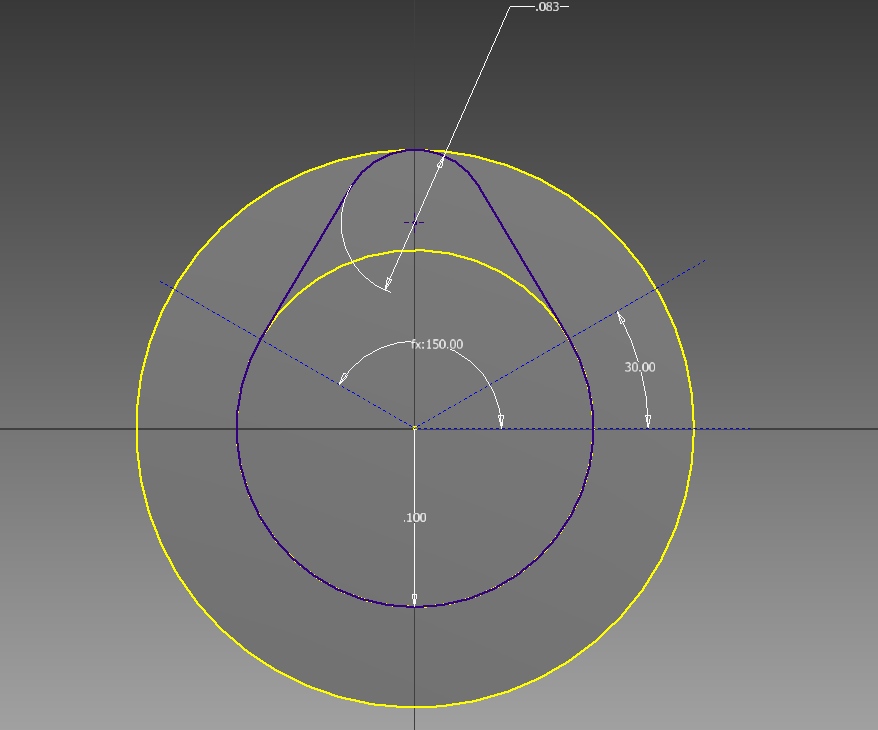Considerations. Side Valve engines. Side valve engines run hot in the region of the exhaust port which in the case of a side valve engine is in the cylinder block.
cooling in this region is very important. Therefore you should consider having water cooling in the cylinder block and using cast iron or good quality steel sleeves.
The cylinder heads would most probably work ok without water cooling as long as they had well machined fins as most of the heat generated in the combustion process is going out the exhaust port.
I would not try to go over a compression ratio of 6.5 to 1 as side valves can actually be choked by excessive compression ratio. Good breathing and gas flow is more important to get good performance.
Had a bit of experience with tuned Side Valve V twins ( Indian ) and you can actually be quite radical on cam timing and valve lift.
cooling in this region is very important. Therefore you should consider having water cooling in the cylinder block and using cast iron or good quality steel sleeves.
The cylinder heads would most probably work ok without water cooling as long as they had well machined fins as most of the heat generated in the combustion process is going out the exhaust port.
I would not try to go over a compression ratio of 6.5 to 1 as side valves can actually be choked by excessive compression ratio. Good breathing and gas flow is more important to get good performance.
Had a bit of experience with tuned Side Valve V twins ( Indian ) and you can actually be quite radical on cam timing and valve lift.








